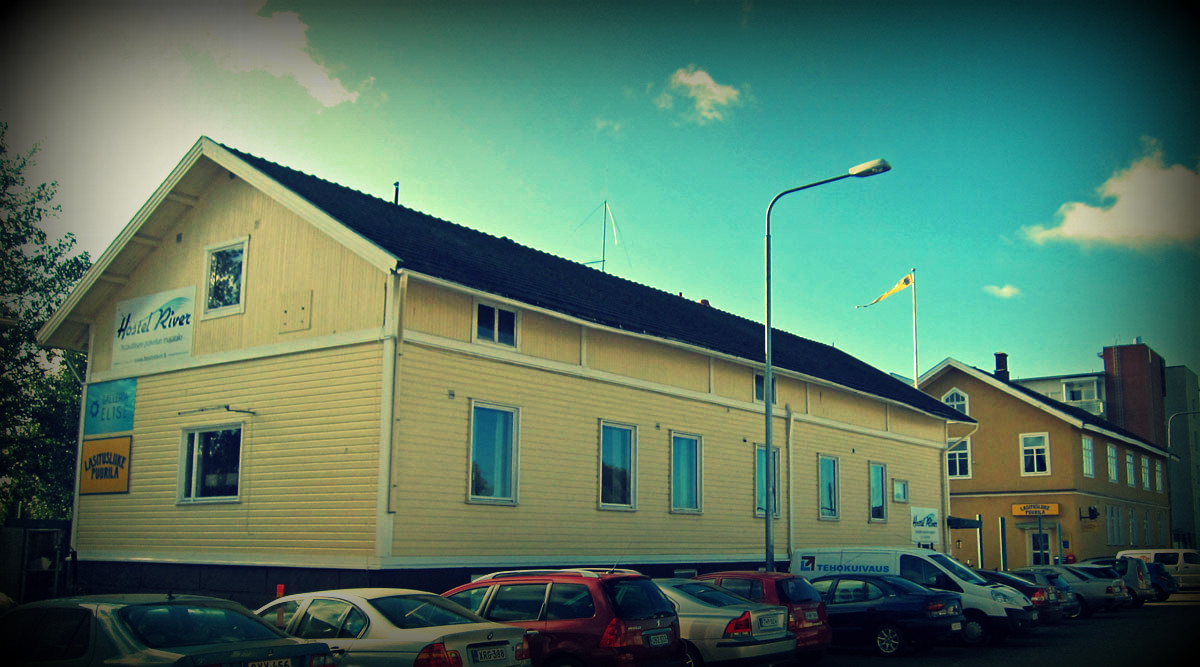Pori, on Finland’s west coast, has the charm of an old industrial city. The city’s port has always been a major employer, and that hasn’t changed. However, Pori is famous today for its summertime jazz festival, the venues of which are found all over the city.
.jpg)
And near Yyteri is the district of Reposaari, with its nostalgic wooden houses. This was one of Finland’s key ports in the days when majestic sailing ships plied the seas in the 17th to 19th century. Though those ships are no more, Reposaari remains an important outer harbour. Reposaari also is home to a recently restored complex of trenches and dugouts from the Second World War.
The streets of downtown Pori host many charming cafés. On the edge of the market square is the Sarpi bakery with its sea-buckthorn cakes, a speciality of Pori – sea buckthorn grows only on the coast. The Sarpi bakery café remains true to old traditions, with its sales staff wearing traditional bonnets and aprons.
In summertime, the terrace of Café Jazz is a lovely spot to catch the day’s last rays of sunlight, and Café Jazz is one of the key venues for events at the jazz festival.
Restaurant Kirjakauppa (‘Bookstore’), on Antinkatu street, has a down-to-earth atmosphere, lovely décor, and – on many days of the week – live music. Another good spot for live performances is Monttu (or ‘The Pit’), a small but legendary club that is well known on the band scene. Other live-music venues include Vaakuna and Amarillo. Concerts are occasionally held also in Valimo Hall. Kulttuurikulma (‘Culture Corner’), just off the market square, hosts many, diverse cultural events, including music and theatre performances.
Only 10 minutes from the market square and a few hundred metres from the river lies a yellow wooden building that will bid you welcome: Hostel River. The renovated and tastefully decorated first-floor lobby defines the style and the atmosphere of the entire hostel: stylishly decorated but true to the history of the building, which dates back to the 1930s. The hostel’s interior decoration is spiced with details in 1950s Nordic style. The building housed a large office from the 1950s to the 1970s – a piece of history that is still tangible in small details reminding us of the spirit of that time.
